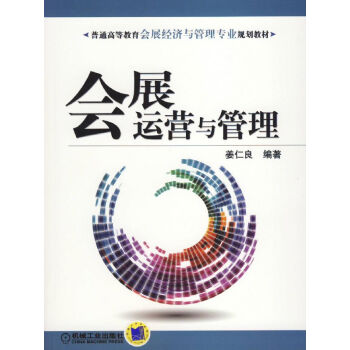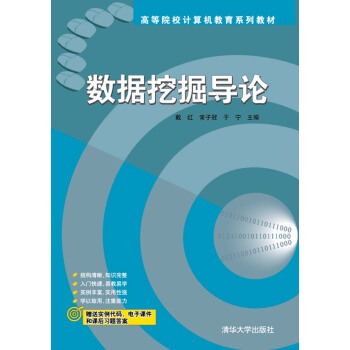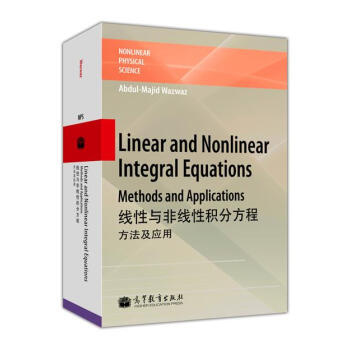

具体描述
编辑推荐
关键词:线性与非线性Volterra方程,线性与非线性Fredholm方程,线性与非线性奇异方程,积分方程组。Nonlinear Physical Science focuses on the recent a dvances of fundamental theories and principles, analytical and symbolic approaches, as well as computational techniques in nonlinear physical science and nonlinear mathematics with engineering applications.内容简介
《线性与非线性积分方程:方法及应用》是一本同时介绍线性和非线性积分方程的教材,分成两部分,各部分自成体系。第一部分主要对第一类、第二类线性积分方程进行了系统、深入的分析并提供各种解法;第二部分主要讲述非线性积分方程求解及其应用,针对不适定fredholm问题、分歧点和奇异点等问题进行了系统的分析,并提供易于理解的处理方法。《线性与非线性积分方程:方法及应用》通过大量的例子讲述线性与非线性积分方程新发展起来的高效解法,无须要求读者对抽象理论本身有很深的理解,同时也讨论了某些经典方法一些有价值的改进。书中对这些方法都给出了很好的解释,并通过对这些方法进行对比,使得读者能够快速地掌握并选择可行且高效的方法。《线性与非线性积分方程:方法及应用》提供了大量的习题,并在书后附有答案。
《线性与非线性积分方程:方法及应用》可作为应用数学、工程学及其相关专业的高年级本科生和研究生教材,也可供相关领域的工程师参考。
内页插图
目录
part i linear integral equations1 preliminaries
1.1 taylor series
1.2 ordinary differential equations
1.3 leibnitz rule for differentiation of integrals
1.4 reducing multiple integrals to single integrals
1.5 laplace transform
1.6 infinite geometric series
references
2 introductory concepts of integral equations
2.1 classification of integral equations
2.2 classification of integro-differential equations
2.3 linearity and homogeneity
2.4 origins of integral equations
2.5 converting ivp to volterra integral equation
2.6 converting bvp to fredholm integral equation
2.7 solution of an integral equation
references
3 volterra integral equations
3.1 introduction
3.2 volterra integral equations of the second kind
3.3 volterra integral equations of the first kind references
4 fredholm integral equations
4.1 introduction
4.2 fredholm integral equations of the second kind
4.3 homogeneous fredholm integral equation
4.4 fredholm integral equations of the first kind
references
5 volterra integro-differential equations
5.1 introduction
5.2 volterra integro-differential equations of the second kind
5.3 volterra integro-differential equations of the first kind
references
6 fredholm integro-differential equations
6.1 introduction
6.2 fredholm integro-differential equations of the second kind
references
7 abel's integral equation and singular integral equations
7.1 introduction
7.2 abel's integral equation
7.3 the generalized abel's integral equation
7.4 the weakly singular volterra equations
References
8 volterra-fredholm integral equations
8.1 introduction
8.2 the volterra-fredholm integral equations
8.3 the mixed volterra-fredholm integral equations
8.4 the mixed volterra-fredholm integral equations in two variables
references
9 volterra-fredholm integro-differential equations
9.1 introduction
9.2 the volterra-fredholm integro-differential equation
9.3 the mixed volterra-fredholm integro-differential equations
9.4 the mixed volterra-fredholm integro-differential equations in two variables
references
10 systems of volterra integral equations
10.1 introduction
10.2 systems of volterra integral equations of the second kind
10.3 systems of volterra integral equations of the first kind
10.4 systems of volterra integro-differential equations
references
11 systems of fredholm integral equations
11.1 introduction
11.2 systems of fredholm integral equations
11.3 systems of fredholm integro-differential equations
references
12 systems of singular integral equations
12.1 introduction
12.2 systems of generalized abel integral equations
12.3 systems of the weakly singular volterra integral equations
references
part ii nonlinear integral equations
13 nonlinear volterra integral equations
13.1 introduction
13.2 existence of the solution for nonlinear volterra integral equations
13.3 nonlinear volterra integral equations of the second kind
13.4 nonlinear volterra integral equations of the first kind
13.5 systems of nonlinear volterra integral equations
references
14 nonlinear volterra integro-differential equations
14.1 introduction
14.2 nonlinear volterra integro-differential equations of the second kind
14.3 nonlinear volterra integro-differential equations of the first kind
14.4 systems of nonlinear volterra integro-differential equations
references
15 nonlinear fredholm integral equations
15.1 introduction
15.2 existence of the solution for nonlinear fredholm integral equations
15.3 nonlinear fredholm integral equations of the second kind
15.4 homogeneous nonlinear fredholm integral equations
15.5 nonlinear fredholm integral equations of the first kind
15.6 systems of nonlinear fredholm integral equations
references
16 nonlinear fredholm integro-differential equations
16.1 introduction
16.2 nonlinear fredholm integro-differential equations.
16.3 homogeneous nonlinear fredholm integro-differential equations
16.4 systems of nonlinear fredholm integro-differential equations
references
17 nonlinear singular integral equations
17.1 introduction
17.2 nonlinear abel's integral equation
17.3 the generalized nonlinear abel equation
17.4 the nonlinear weakly-singular volterra equations
17.5 systems of nonlinear weakly-singular volterra integral equations
references
18 applications of integral equations
18.1 introduction
18.2 volterra's population model
18.3 integral equations with logarithmic kernels
18.4 the fresnel integrals
18.5 the thomas-fermi equation
18.6 heat transfer and heat radiation
references
appendix a table of indefinite integrals
a.1 basic forms
a.2 trigonometric forms
a.3 inverse trigonometric forms
a.4 exponential and logarithmic forms
a.5 hyperbolic forms
a.6 other forms
appendix b integrals involving irrational algebraic functions
b.1 integrals involving n is an integer, n ≥ 0
b.2 integrals involving n is an odd integer, n ≥ i
appendix c series representations
c.1 exponential functions series
c.2 trigonometric functions
c.3 inverse trigonometric functions
c.4 hyperbolic functions
c.5 inverse hyperbolic functions
c.6 logarithmic functions
appendix d the error and the complementary error
functions
d.1 the error function
d.2 the complementary error function
appendix e gamma function
appendix f infinite series
f.1 numerical series
f.2 trigonometric series
appendix g the fresnel integrals
g.1 the fresnel cosine integral
g.2 the fresnel sine integral
answers
index
精彩书摘
Integral equations and in tegro-differential equations will be classified in to distinct types according to the limits of integration and the kernel K(x, t).Alltypes of integral equations and in tegro differential equations will be classifiedand investigated in the forthcoming chapters.In this chapter, we will review the most important concepts needed to study integral equations. The traditional methods, such as Taylor seriesmethod and the Laplace transform method, will be used in this text. More-over, the recently developed methods, that will be used thoroughly in this text, will determine the solution in a power series that will converge to an exact solution if such a solution exists. However, if exact solution does not exist, we use as many terms of the obtained series for numerical purposes to approximate the solution.
……��
用户评价
我在工程领域工作多年,主要负责涉及电磁场仿真和信号处理的项目。在实际工作中,我经常需要处理一些复杂的物理模型,而这些模型最终往往会归结为求解积分方程。然而,我现有的知识体系中,对于积分方程的了解相对有限,更多是依赖现有的工程软件提供的接口和预设模块。我深知,如果能更深入地理解积分方程的理论基础和求解方法,将极大地提升我解决复杂问题的能力和创新性。《线性与非线性积分方程:方法及应用》这本书,恰好满足了我在这方面的迫切需求。我期望书中能够提供清晰的数学推导,让我理解不同类型积分方程的物理含义,以及各种求解方法的数学原理。特别是“应用”部分,我希望能够看到我在工程实践中遇到的具体问题,是如何通过积分方程来建模和解决的,例如在天线设计中的积分方程方法,或者在声学仿真中的积分方程应用。我非常希望这本书能为我提供一些实用的算法和技术,能够直接应用到我的日常工作中,解决实际的工程难题。
评分我是一位刚刚进入大学数学系的本科生,对数学的广阔天地充满了求知欲。在学习了基础的微积分和线性代数之后,我开始接触一些更高级的数学分支。《线性与非线性积分方程:方法及应用》这本书,是我在图书馆的数学分类区域偶然发现的。它宽泛的书名吸引了我,让我觉得它可能是一个能够连接我已知知识和未知领域的重要桥梁。我希望这本书能帮助我理解,为什么我们需要积分方程,它与我们已经熟悉的微分方程有什么联系和区别。我渴望学习到一些基本的积分方程的定义和性质,以及如何通过一些基本的技巧来求解它们。对于“非线性”部分,虽然我现在可能还接触不到,但我相信提前了解这个概念,能为我未来的学习打下基础。我希望这本书的语言风格是比较通俗易懂的,即使是像我这样的初学者,也能在其中找到学习的乐趣,而不是被晦涩的符号和复杂的证明吓倒。
评分这本书的装帧很有质感,拿在手里沉甸甸的,厚实的纸张和清晰的字体都透露出出版方的用心。我是一名正在攻读博士学位的物理学专业学生,我的研究课题涉及到某些奇特的量子多体问题,在文献调研中,我反复遇到了各种形式的积分方程,尤其是Bethe-Salpeter方程等,这些方程的求解和分析对我来说至关重要,但现有的教材往往过于侧重基础的微分方程,对积分方程的覆盖面不够。我急切地需要一本能够系统梳理积分方程理论,并提供具体计算方法的书籍。《线性与非线性积分方程:方法及应用》这个书名,让我看到了希望。我期待书中能够涵盖诸如Volterra积分方程、Fredholm积分方程等经典类型,并且在求解方法上,能有更深入的探讨,比如数值解法、特征值分解、迭代法等。更重要的是,我希望这本书能展示积分方程如何在量子场论、统计物理、光学等领域得到具体应用,哪怕只是提供一些启发性的例子,也足以让我受益匪浅。如果书中还能涉及一些更前沿的非线性积分方程的理论和数值方法,那就更完美了。
评分这本《线性与非线性积分方程:方法及应用》的封面设计着实吸引了我。深邃的蓝色背景,仿佛浩瀚的宇宙,上面点缀着几许跳跃的数学符号,既有严谨的几何感,又不失抽象的艺术气息。我是一个对数学物理交叉领域充满好奇的探索者,尤其对那些能够将抽象理论与实际问题联系起来的工具深感兴趣。在翻阅这本书之前,我对于积分方程的认识还比较零散,知道它在物理学、工程学中有广泛应用,但始终缺乏一个系统性的框架去理解。这本书的名字恰好点明了我所寻求的方向——“方法”与“应用”。我希望能在这本书里找到处理各种积分方程的利器,了解如何从复杂的物理现象中提炼出积分方程模型,并最终通过求解这些方程获得有意义的解释。这本书的书名给我的第一印象是它会深入浅出地讲解,既有理论的严谨性,又不乏实际案例的支持,让我对接下来的阅读充满了期待。我尤其关注的是“非线性”这个词,非线性问题往往比线性问题更加复杂和贴近现实,我希望这本书能提供一些应对非线性积分方程的独特视角和有效手段。
评分作为一名对数学史有着浓厚兴趣的业余爱好者,我一直对那些改变了科学发展轨迹的数学工具感到着迷。积分方程,从它诞生之初就与物理学和工程学紧密相连,像一颗璀璨的明珠,在解开自然奥秘的道路上留下了深刻的印记。我购买《线性与非线性积分方程:方法及应用》这本书,主要是出于对它标题中“方法”一词的强烈好奇。我希望这本书不仅仅是枯燥的理论推导,更希望它能生动地展现数学家们是如何一步步发展出解决积分方程的各种巧妙方法的。我期待看到历史的脉络,了解从早期的一些个例研究,到后来形成系统理论的演变过程。我特别想知道,在处理复杂问题时,有哪些经典的方法被不断优化和发展,又有哪些新的思想应运而生。这本书的“应用”部分,也让我充满了遐想,我希望它能展现积分方程是如何在现实世界中大放异彩的,比如在天体物理学中模拟星系动力学,在材料科学中分析扩散过程,或者在金融建模中预测市场行为。
评分想读英文,可以;想学数学,可以;积分微分偏微分,可以。是一本字典,也是教科书。
评分还没看,感觉很好
评分没仔细看,来拿分的。
评分涵盖了线性和非线性方程的大部分内容,有基础知识,也有理论应用,是做相关方向人员很好的参考书!
评分专业人士使用。。。。。。。。。。。。。
评分适合积分方程运算,技巧性居多,理论较少
评分还没看,感觉很好
评分没仔细看,来拿分的。
评分这是一本价廉物美的外文原版书,很好!
相关图书
本站所有内容均为互联网搜索引擎提供的公开搜索信息,本站不存储任何数据与内容,任何内容与数据均与本站无关,如有需要请联系相关搜索引擎包括但不限于百度,google,bing,sogou 等
© 2025 book.tinynews.org All Rights Reserved. 静思书屋 版权所有


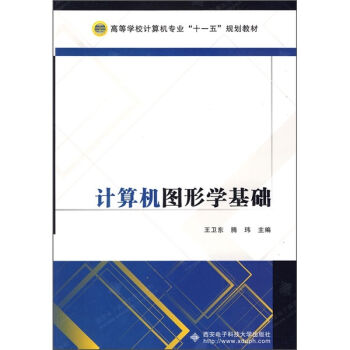
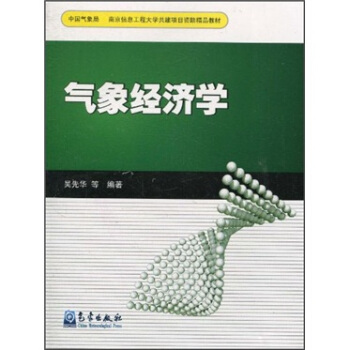

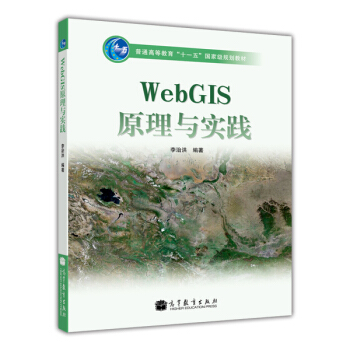
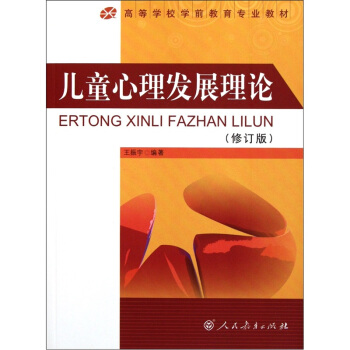

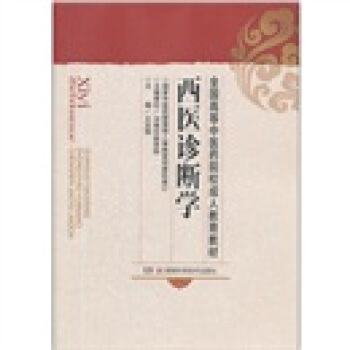
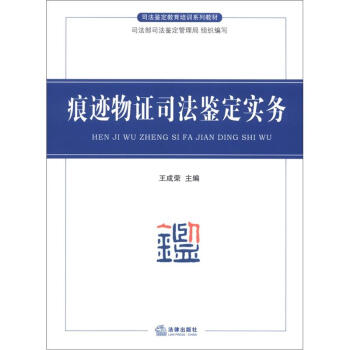
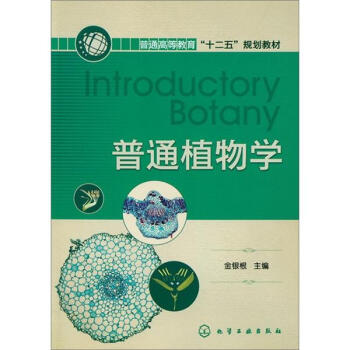
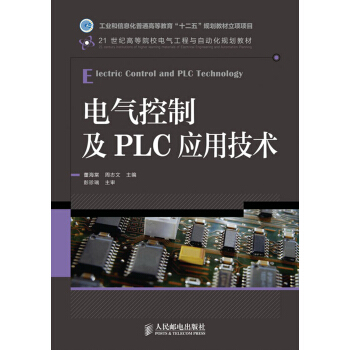
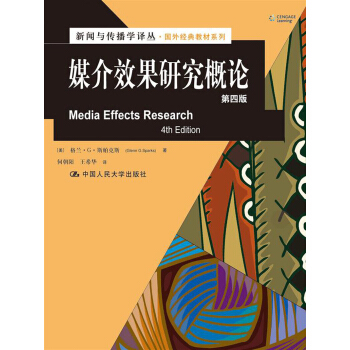

![时代教育国外高校优秀教材精选:材料力学(英文版·原书第6版) [Mechanics of Materials,6e] pdf epub mobi 电子书 下载](https://pic.tinynews.org/11321531/rBEhWVJogrIIAAAAAAEJtQEbkbQAAEgoQBZ670AAQnN370.jpg)

![食品生物工艺专业改革创新教材系列:烘焙专业英语 [English for Baking] pdf epub mobi 电子书 下载](https://pic.tinynews.org/11495867/53e9e7f9N9420e263.jpg)

